1. What is child development?
Child development involves four changes that take place from birth to adulthood:
- physical: how children’s bodies grow and develop
- cognitive: how children think, explore, and figure things out
- social: how children learn to interact with those around them
- emotional: how children understand who they are and what they feel
Through these changes, individuals move from complete dependency at birth to increasing independence and autonomy as they reach adolescence and young adulthood.
The process of child development is strongly intertwined with a child’s genetic makeup. But because development is an interactive process, genes alone do not determine who someone will become. The environment in which a child is raised also affects who he or she will be as an adult. It is not possible to say which is more important: Inheritance and experience are both key influences.
Perhaps most crucially, within the environment in which children are raised, families play a central role in their development.
All children go through stages of development, with each stage providing a foundation for the next. Many different stages have been described. For example, focusing on children’s cognitive development, Jean Piaget described four stages:
- The first two years—the “sensorimotor stage.” Babies develop action schemes like sucking, pushing, hitting, and grasping.
- Two to seven years—the “pre-operational stage.” Children develop the ability to think, but have limited ability to apply logic to a situation to deduce something by thought alone.
- Seven to 11 years—“concrete operational stage.” Children start working things out through logical thought rather than just action.
- 12 to 15 years—“formal operational stage.” Children engage in systematic experimentation, forming hypotheses, testing them, and trying alternatives.
 Focusing on social development, John Bowlby described four stages: pre-attachment (first 6 weeks), attachment in the making (until 7-8 months, as the child shows increasing preferences), attachment (until the start of the third year, marked by distress when separated from attachment figures), and goal-corrected partnerships (when the child starts to take into account the attachment figure’s needs).
Focusing on social development, John Bowlby described four stages: pre-attachment (first 6 weeks), attachment in the making (until 7-8 months, as the child shows increasing preferences), attachment (until the start of the third year, marked by distress when separated from attachment figures), and goal-corrected partnerships (when the child starts to take into account the attachment figure’s needs).
2. Nature or nurture?
The answer is: This is the wrong question! It used to be thought that the genes children receive from their parents were completely separate from the experiences that shape their development. But the study of epigenetics has shown that our experiences affect our genes and these changes are inheritable. For example, if parents—either mothers or fathers—have experienced trauma in their lives, their children are more likely to be susceptible to anxiety. Our experiences produce proteins that attach to our genes and influence how the genes work. These changes may be passed down to generations. The good news is that they can be reversed by new experiences and with support.
3. The role of the family in child development
3.1 Team parenting
Families are infinite in variety within and across cultures, and also across history. But every family that successfully raises children has something in common: the ability of parents, relatives, and other caregivers to work together as a team or “community of care” to raise each child.
A child’s relationships with parents, carers, and siblings play important roles in the development process. Early experiences, especially children’s attachment to parents and other key carers, shape children’s future development.
The relationships between parents and caregivers also strongly influence child development. Positive, interactive, and communicative relationships within the “community of care” help promote strong child development.
This dependence of development on relationships explains the extreme pain children experience when exposed to parental conflict. While conflict occurs in all families, children in families with high levels of discord are at risk of developmental damage. Parents who work together to raise their children and don’t undermine each other’s parenting have offspring who do better. Parents who struggle to reach this balance have children who may become fearful or anxious, and who may find it hard to focus on learning.
Does it matter if parents care in different ways? Children benefit from diverse experiences of care, for example, how far they are pushed in a game, or having parents and grandparents who care for them in different ways. If these differences go too far, however—if the carers are not agreed on basic principles and are not working together—it creates confusion for the children and disrupts strong development, leading in extreme cases to a child developing hostility, aggression, or passivity.
grandparents who care for them in different ways. If these differences go too far, however—if the carers are not agreed on basic principles and are not working together—it creates confusion for the children and disrupts strong development, leading in extreme cases to a child developing hostility, aggression, or passivity.
Throughout history, parenting has been a team effort. Anthropologists who have studied the origins of the human species have found that team parenting is key to the success of the human race. Human children are dependent on their carers for far longer than other animals and typically, multiple children grow up in families at the same time. Parents and others acting in a parenting role (called “alloparents”) fill in for each other over time, protecting the child even in the most extreme case of a biological parent not surviving (which used to occur far more frequently). This robust form of parenting has meant that children can thrive in a large variety of conditions, including those that are harsh.
3.2 The “primary carer”
Is there such a thing as a single “primary carer”? In some families, one carer does more than the other and can be called a primary carer. In others, care is more shared. One parent carrying the lion’s share of parenting is a relatively recent phenomenon historically speaking, emerging as families in some societies started to live in smaller household units and when work moved away from the home. But even in these families—and also in families where parents have separated or were never together—others help with the care of the children and can play an important part in child development.
Research shows that the most important factor is not the exact composition of the family, but the quality of the caring and how parents and carers—whoever they are—work as a team. Where there are differences in child development, it is because of other things. For example, studies show that single-parent families tend to have less money, which can disadvantage children, while same-sex parents tend to work together more closely as a parenting team, which benefits children. Warm collaborative parenting can take place in any family formation, and this is what matters to children.
3.3 Separation and divorce
The parent-child relationship, particularly a child’s relationship with his or her father, is at risk during separation and divorce. Worse developmental outcomes in later life are among the effects of divorce on children who lose a parent-child relationship. That is not to say that every individual child does worse, just that the risk of doing worse is significantly higher. By understanding the effects of divorce on children, families can avoid damaging patterns of behavior and work to improve child development outcomes.
A review of research on divorce on this website, Scientists Urge More Priority to Protecting the Parent-Child Relationship to Limit the Effects of Divorce on Children, makes the case that family law should make it a priority to preserve not “at least one” relationship, but all parent-child relationships that are important to a child. And parents who separate or divorce might consider the benefits of shared parenting and shared physical custody, which mitigate the negative effects of separation and divorce on children.
3.4 Poverty
Poverty and disadvantage make parenting much more difficult. This is in part because  these conditions create major challenges for parents. Poverty also has powerful effects on child development.
these conditions create major challenges for parents. Poverty also has powerful effects on child development.
Children from disadvantaged backgrounds can fall behind their peers in language and learning, even as early as age three. In classrooms, they often have difficulty focusing their attention, thinking, and managing their emotions.
But the good news from neuroscientists is that these impacts are not hard-wired or inevitable. Parents can and do make a huge difference in moderating and managing the stress of poverty to reduce the risk to child development.
Emotionally supportive parenting—when mothers and fathers share and model how to manage aggression and upset—can help impoverished children become more resilient. Moreover, keeping an orderly home and engaging in appropriate parental supervision predict better social and emotional outcomes for children in low-income families.
3.5 Stress
Much of the reason why poverty and disadvantage make parenting more challenging can be traced to stress. Parents who are under continual stresses such as food insecurity, low income, lack of employment or underemployment, and homelessness can have difficulty keeping their families functioning optimally. This, in turn, influences children’s development.
When parenting is warm and collaborative, children are protected. In fact, warm, supportive relationships can reduce the stress hormones that are released in adversity and can even reverse the behavioral and other effects of hormone overload. (See Stress Of Adversity Harms Children Biologically And Behaviorally, But Good Care Can Reverse The Damage and Stress Of Adversity Harms Children Biologically And Behaviorally, But Good Care Can Reverse The Damage.)
4. Early childhood development: attachment
Attachment is a deep and long-lasting bond that connects one person to another. Developmental scientist John Bowlby, who originated attachment theory, defined attachment as a “lasting psychological connectedness between human beings.” Attachment plays a very important role in parenting.
According to attachment theory, from birth children need people around them. They soon become selective in whom they seek contact with, developing attachment relationships with their most important caregivers. These attachments evolved as a survival mechanism, explaining why parents and other carers are of such key significance to children’s development.
Almost all children have one or more attachment figures they can turn to. Researchers have discovered that children whose primary caregivers are mostly available and responsive to them and who support and care for them consistently develop what’s called a “secure attachment relationship.” When it is easy for infants to know that their caregiver is available, this gives them the confidence to explore the world around them. In contrast, children who are cared for in less reliable, consistent, and responsive ways are more likely to develop relationships characterized by ambivalence, avoidance, or disorganization. While it is still important that children have these early relationships, they might struggle more in finding security and support in future relationships.
Is there one attachment or multiple attachments? Attachment theory was developed in societies and at a time when many children were raised mainly by one parent, usually the mother. This resulted in the idea that children have one “primary attachment” with a maternal carer. This is true of some children, but more frequent across history and across cultures is multiple attachments. Children’s development experience may be a combination of secure and insecure relationships, creating the possibility that negative experiences with one caregiver may be compensated by kind experiences with another.
mother. This resulted in the idea that children have one “primary attachment” with a maternal carer. This is true of some children, but more frequent across history and across cultures is multiple attachments. Children’s development experience may be a combination of secure and insecure relationships, creating the possibility that negative experiences with one caregiver may be compensated by kind experiences with another.









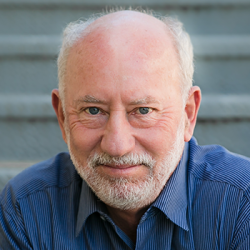



 Focusing on social development, John Bowlby described four stages: pre-attachment (first 6 weeks), attachment in the making (until 7-8 months, as the child shows increasing preferences), attachment (until the start of the third year, marked by distress when separated from attachment figures), and goal-corrected partnerships (when the child starts to take into account the attachment figure’s needs).
Focusing on social development, John Bowlby described four stages: pre-attachment (first 6 weeks), attachment in the making (until 7-8 months, as the child shows increasing preferences), attachment (until the start of the third year, marked by distress when separated from attachment figures), and goal-corrected partnerships (when the child starts to take into account the attachment figure’s needs). grandparents who care for them in different ways. If these differences go too far, however—if the carers are not agreed on basic principles and are not working together—it creates confusion for the children and disrupts strong development, leading in extreme cases to a child developing hostility, aggression, or passivity.
grandparents who care for them in different ways. If these differences go too far, however—if the carers are not agreed on basic principles and are not working together—it creates confusion for the children and disrupts strong development, leading in extreme cases to a child developing hostility, aggression, or passivity. these conditions create major challenges for parents. Poverty also has powerful effects on child development.
these conditions create major challenges for parents. Poverty also has powerful effects on child development. mother. This resulted in the idea that children have one “primary attachment” with a maternal carer. This is true of some children, but more frequent across history and across cultures is multiple attachments. Children’s development experience may be a combination of secure and insecure relationships, creating the possibility that negative experiences with one caregiver may be compensated by kind experiences with another.
mother. This resulted in the idea that children have one “primary attachment” with a maternal carer. This is true of some children, but more frequent across history and across cultures is multiple attachments. Children’s development experience may be a combination of secure and insecure relationships, creating the possibility that negative experiences with one caregiver may be compensated by kind experiences with another.


 returns to education, parents feel threatened by the possibility that their children might take the wrong path and fail to succeed in school. In response, they turn into controlling parents who do everything in their power to prevent their children from straying from the “right” path. In contrast, the low levels of inequality found in today’s Scandinavian countries encourage a more relaxed parenting style. The “wrong path,” if it even exists, is not so risky. Parents can relax.
returns to education, parents feel threatened by the possibility that their children might take the wrong path and fail to succeed in school. In response, they turn into controlling parents who do everything in their power to prevent their children from straying from the “right” path. In contrast, the low levels of inequality found in today’s Scandinavian countries encourage a more relaxed parenting style. The “wrong path,” if it even exists, is not so risky. Parents can relax.
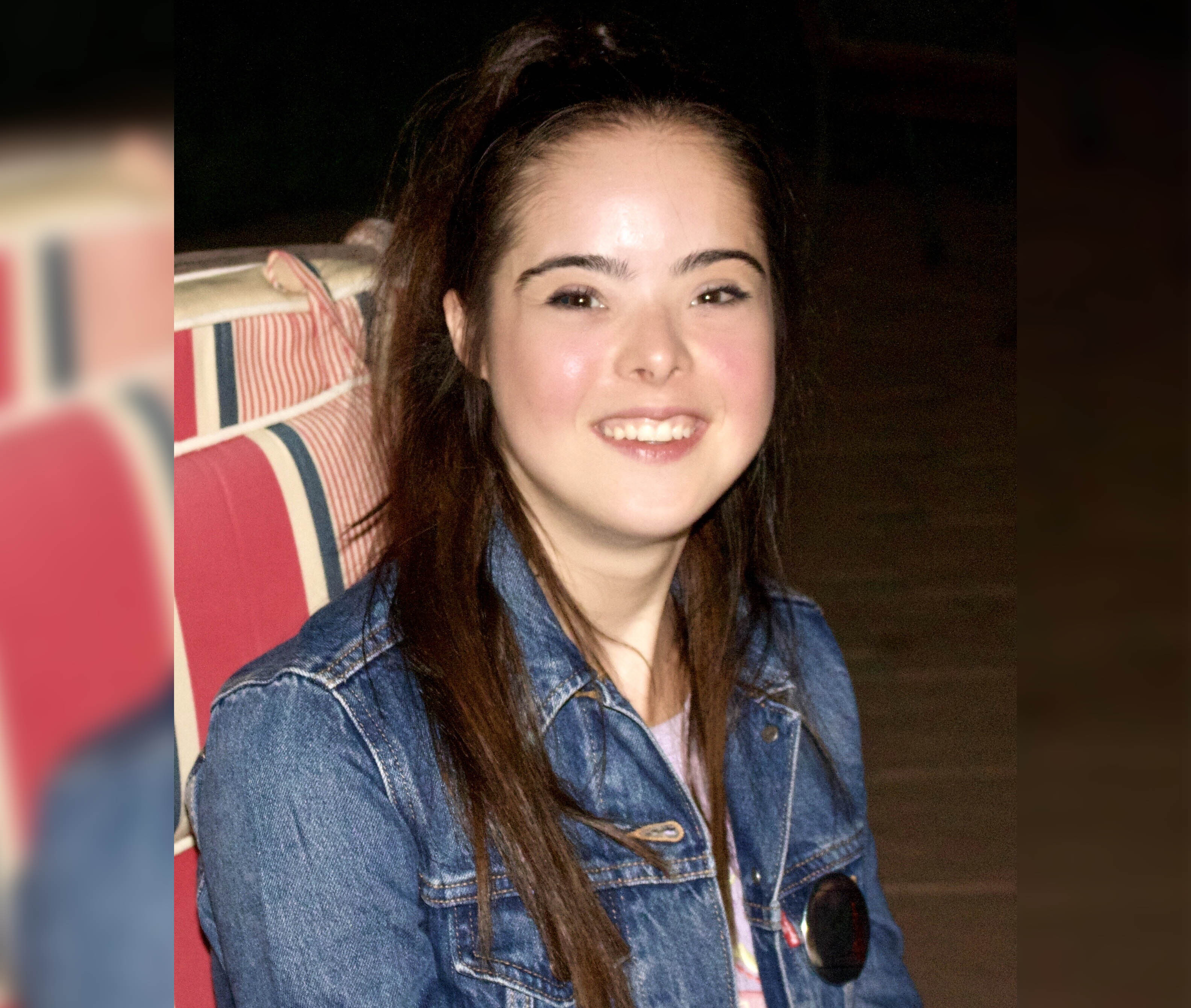






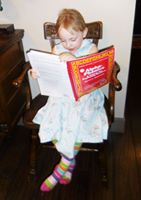
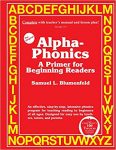
 1,227 Amazon Reviews 5 Star =82% 4 Star= 10% 3 Star = 3%
1,227 Amazon Reviews 5 Star =82% 4 Star= 10% 3 Star = 3%


 identify similar problems in 2020. I used the role-play to create buy-in for the students—the perspective encouraged them to take more ownership of finding a feasible solution to make their country better. Students communicated their solutions in a blog or video diary and could work in pairs or groups.
identify similar problems in 2020. I used the role-play to create buy-in for the students—the perspective encouraged them to take more ownership of finding a feasible solution to make their country better. Students communicated their solutions in a blog or video diary and could work in pairs or groups. an authentic audience. In distance learning, I had students present live over Zoom; if they weren’t comfortable with that, they could record their presentation as a Flipgrid video. It’s also important to provide a chance for audience feedback about the projects.
an authentic audience. In distance learning, I had students present live over Zoom; if they weren’t comfortable with that, they could record their presentation as a Flipgrid video. It’s also important to provide a chance for audience feedback about the projects. Alpha-Phonics
Alpha-Phonics The Alphabet Song!
The Alphabet Song! Water on the Floor
Water on the Floor Alpha-Phonics the Book on CD Rom
Alpha-Phonics the Book on CD Rom Blumenfeld Oral Reading Assessment Test
Blumenfeld Oral Reading Assessment Test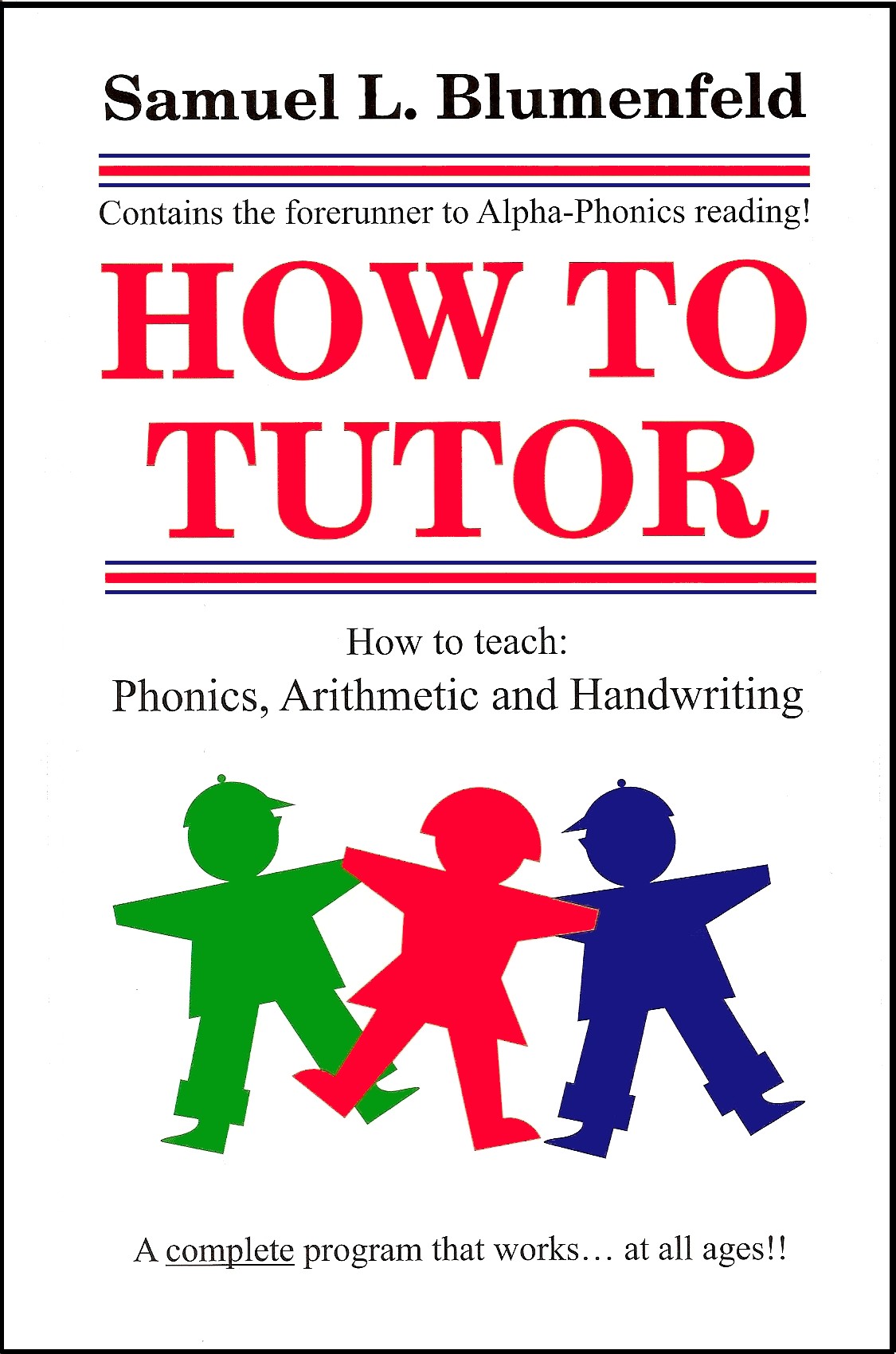 How To Tutor
How To Tutor How To Tutor Cursive Handwriting Workbook
How To Tutor Cursive Handwriting Workbook
Did you know every year many 1,000’s of parents teach their own children to READ? Many of them have used Alpha-Phonics because they have found it can easily be used to teach their children to read. Your Kids can make a lot of headway in only a couple of weeks with this proven program. Alpha-Phonics is easy to teach, is always effective and requires no special training for the Parent. It works ! And it is very inexpensive. You CAN DO it !! Follow the links below to know all about the time-tested (37 + years) Alpha-Phonics program:
WEBSITE TESTIMONIALS CATHY DUFFY REVIEW
OTHER REVIEWS AWARDS HOW TO ORDER
PS: Enter Practical Homeschooling Magazine Vote for Best Homeschool resources; Vote for Alpha-Phonics; automatically become eligible to win a prize of $ 1,400 worth of homeschool resources: Vote Here. Scroll all the way down to “Phonics.” Then Alpha-Phonics is the 4th.item. No obligations.